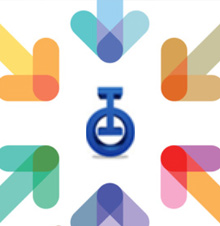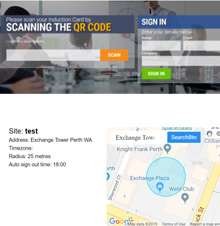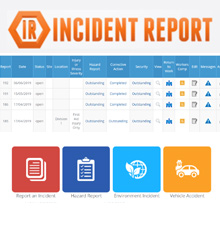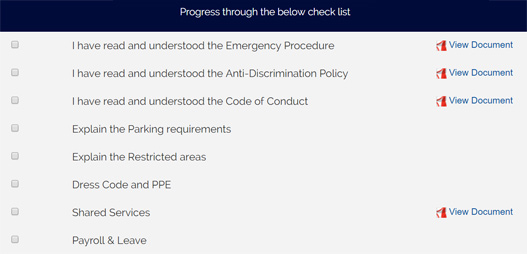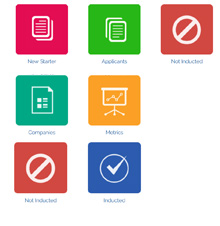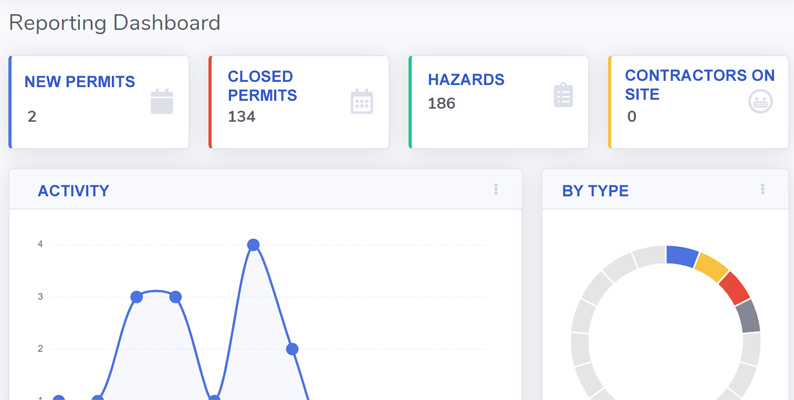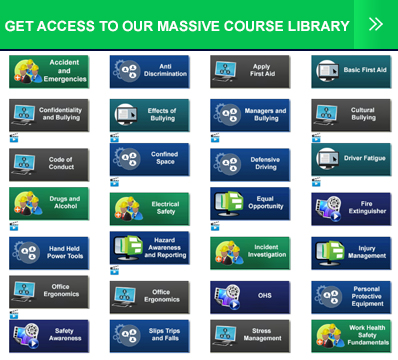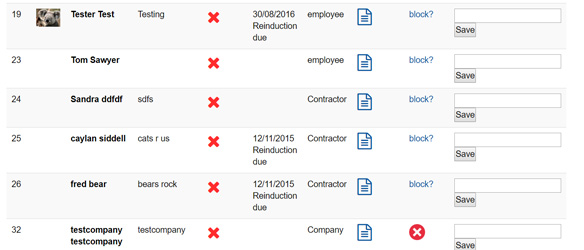AI Training Generator: How to Maximize AI Training Creation
Online Induction >> AI Training GeneratorPublished 22/09/2025
 Generating AI training is the fast and easy way to spin up training courses that traditionally required extensive writing and review processes. Now you can generate a training course for any topic within seconds just by typing some prompts.
Generating AI training is the fast and easy way to spin up training courses that traditionally required extensive writing and review processes. Now you can generate a training course for any topic within seconds just by typing some prompts.
Leveraging AI for the creation of training modules offers extensive of advantages that extend beyond mere automation. One core benefit is the ability to personalize learning experiences on a scale previously unimaginable. With AI, training programs can be tailored to meet individual learner needs by analyzing their pace, strengths, and areas requiring improvement. This personalization not only enhances engagement but also ensures that learners receive precisely the support they need at each stage of their development.
An AI training agent can sit alongside a learner and interact with them as they proceed through a course.
AI brings about an unprecedented level of efficiency in content creation and management. Traditional methods often involve manual updates and revisions but with AI systems can dynamically update content based on real-time data and feedback. This capability ensures that training materials remain relevant and accurate without necessitating extensive human intervention. Furthermore, algorithms can sift through vast amounts of information swiftly to curate updated content that aligns with current industry standards or emerging trends.
The power of AI for your Training Courses
The analytical prowess of AI cannot be overstated when it comes to tracking progress and outcomes. Advanced analytics allow trainers and organizations to measure learning effectiveness with precision. By evaluating performance metrics and behavioral patterns, AI provides insights that guide future curriculum adjustments or highlight aspects that require further emphasis. Consequently, this data-driven approach fosters continuous improvement within training environments, ultimately leading to more successful learning outcomes for individuals.Another remarkable advantage lies in scalability - a crucial factor for organizations seeking consistent training across dispersed teams or large groups. Traditional face-to-face training sessions are often constrained by time and resources; however, AI-powered platforms facilitate scalable solutions that maintain quality regardless of participant numbers or geographical locations. Through virtual simulations or interactive scenarios powered by machine learning algorithms, trainees can engage in experiential learning at any time from anywhere globally.
AI’s potential extends beyond just enhancing existing methodologies; it also paves the way for innovative approaches previously unconsidered feasible due to resource limitations. For instance, incorporating virtual reality (VR) elements into AI-driven training allows for immersive experiences where learners interact with realistic simulations reflective of real-world challenges they may encounter professionally—bridging gaps between theoretical knowledge acquisition and practical application like never before.
- Automated Content Generation: AI tools can reduce the time and effort required to create training courses
AI can quickly generate first drafts of course content, including outlines, lesson summaries, quizzes and even entire modules. This frees up subject matter experts and instructional designers to focus on refining content, adding nuanced information, and ensuring accuracy.
- Multimedia Creation: AI can generate a variety of media from text prompts, such as images, simple illustrations, and text-to-speech audio. This streamlines the process of adding visual and auditory elements to courses without needing to hire a separate team or spend time searching for stock content.
- Localization and Translation: AI can rapidly translate course materials into multiple languages, making it easier to scale training programs for global audiences. This is especially useful for multinational corporations.
Common AI Training Creation Tools
- AI Course creator- AI Learning Management System
- AI Video Course
Example: Steps and Prompts for Creating an AI Training Course
Using a AI course generator platform you can write a single prompt and generate an entire course including images in response to your prompt.- Write a prompt
- Generates a whole chapter of slides relating to your topic
- Includes images for each slide
Review and edit! Type and click to generate entire courses using AI.
Using an AI Training Generator to create training courses
 The challenge lies in creating training programs that are not only robust but also efficient and adaptable, ensuring your AI is always learning from the best possible data sources.
The challenge lies in creating training programs that are not only robust but also efficient and adaptable, ensuring your AI is always learning from the best possible data sources.
To start, consider diversifying your data sources. A diverse training dataset is critical for teaching AI models to generalize across different training scenarios. Whether it's text, images, or audio files, integrating varied types of information can significantly enhance an AI's ability to make accurate predictions or decisions. For businesses aiming to stand out, tapping into unique or underutilized data streams could provide a competitive edge. It's much like cooking; the more ingredients you have at your disposal, the richer and more nuanced your dish—your AI model—will be.
Review your training content
Next up is data quality over quantity. While it's tempting to feed your models with as much information as possible, remember that not all data is created equal. Curating high-quality datasets involves rigorous cleaning processes to remove noise and irrelevant details that could skew results. By focusing on precision rather than volume, you'll foster an environment where machine learning models thrive on accuracy and reliability instead of being bogged down by unnecessary clutter.
Collaborating on creating training
Collaboration across departments can amplify efforts in maximizing AI training creation. Teams working in silos might miss out on valuable insights from other areas within the organization. By fostering a culture of collaboration between engineers, data scientists, marketers, and strategists, businesses can ensure their AI models benefit from collective intelligence. This cross-pollination of ideas often leads to innovative solutions that aren't apparent when teams operate independently.
It’s also crucial to continuously evaluate and iterate on your training methods. In a rapidly evolving field like artificial intelligence, what works today might not be effective tomorrow. Regular assessment allows you to adapt strategies based on performance metrics and emerging trends in technology. Embracing this iterative approach ensures that your training programs remain cutting-edge and align with business goals as they evolve.
Another important factor is investing in tools and platforms designed for seamless integration with existing systems while offering scalability for future growth. The right technological stack makes it easier to implement new training modules without disrupting current operations—a key consideration for businesses looking to maximize efficiency while minimizing downtime during transitions. Discover our AI training creator.
Lastly—and perhaps most importantly—never lose sight of ethical considerations when developing AI systems through curated training programs. Transparency around how these systems are trained fosters trust among users who rely on them daily—from customers interacting with chatbots online or employees using automation tools internally—to ensure ethical use becomes foundational rather than an afterthought in maximizing any aspect associated with artificial intelligence development processes today!




